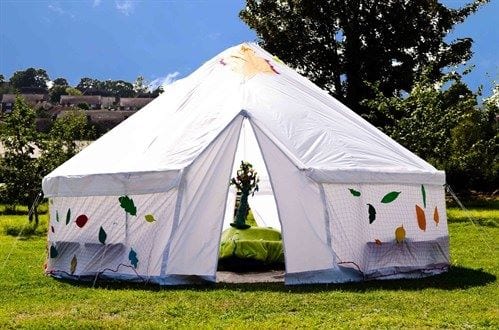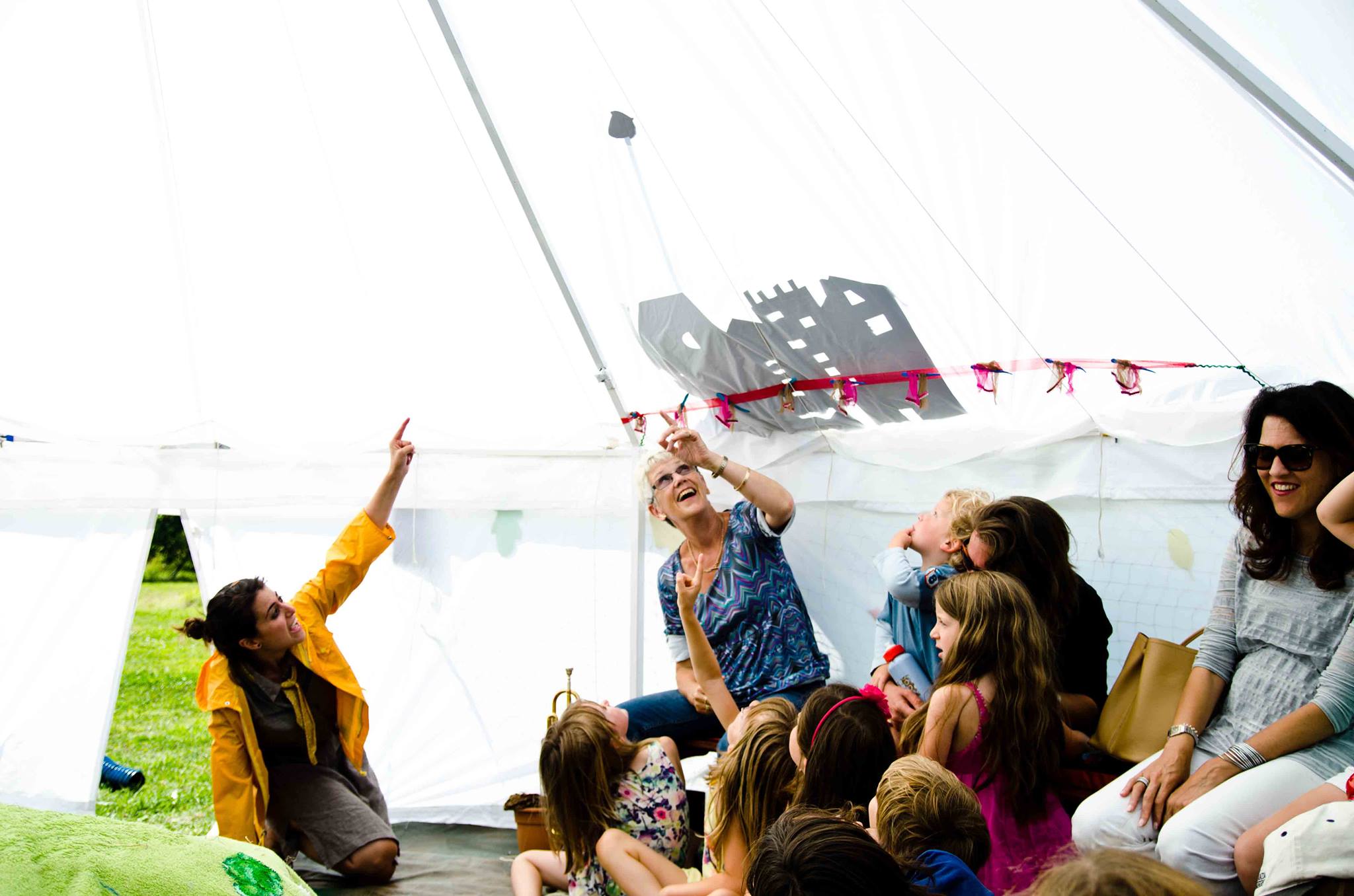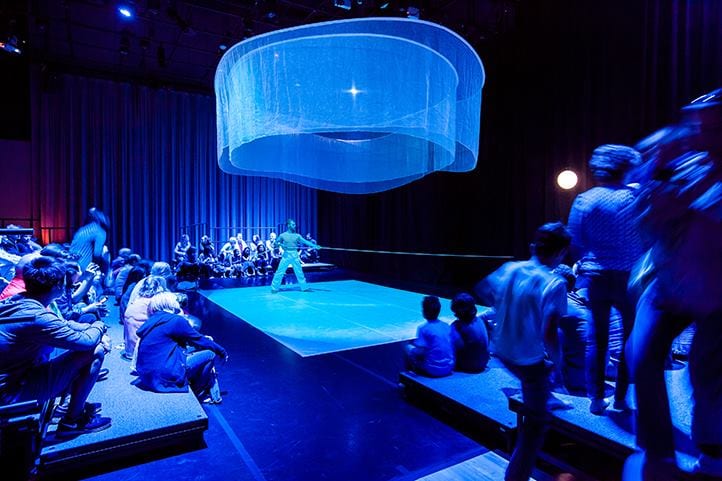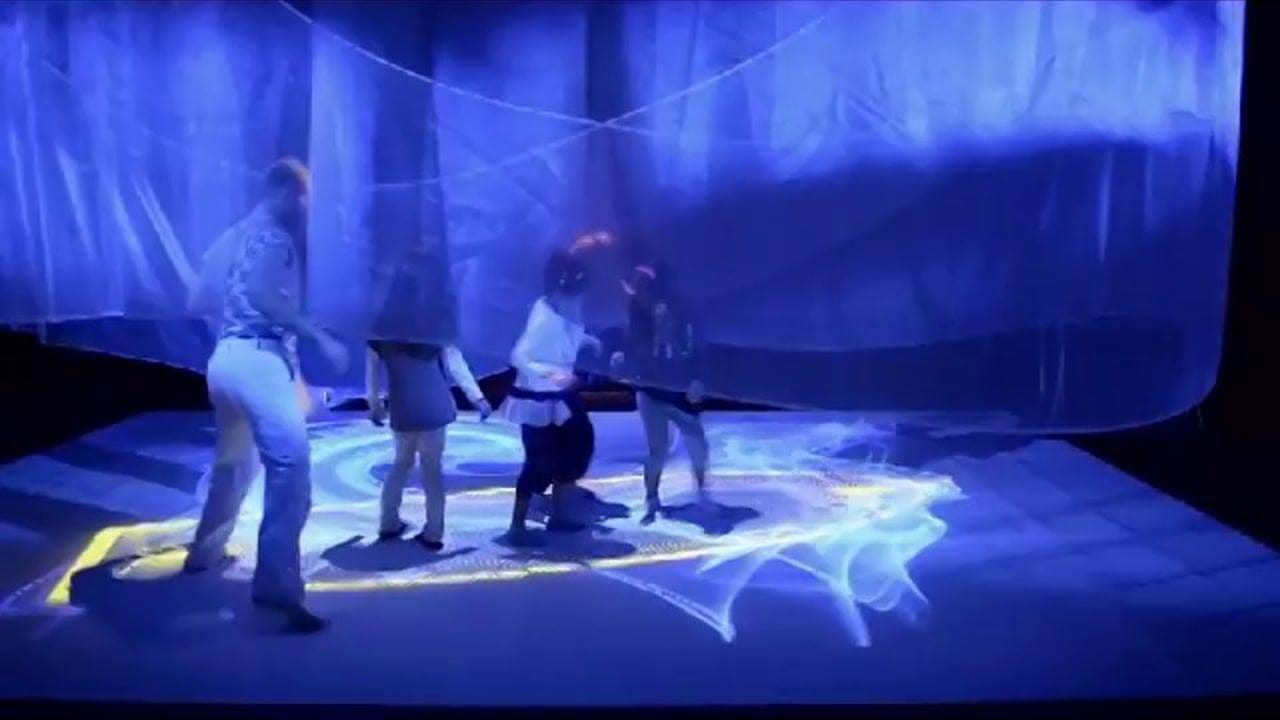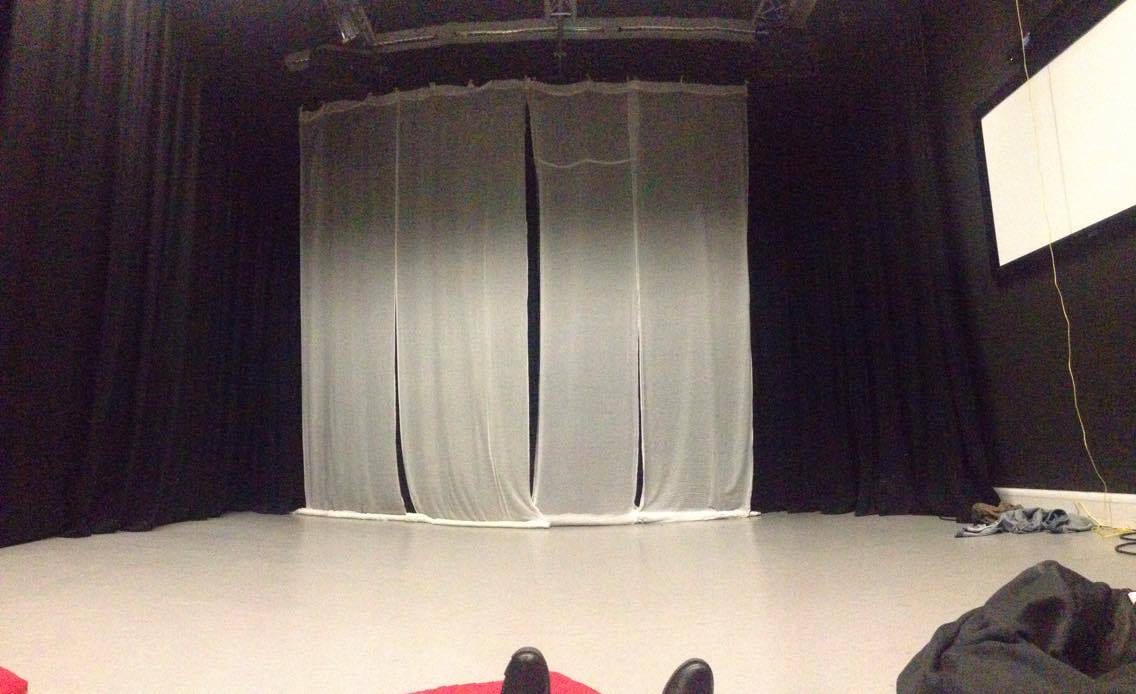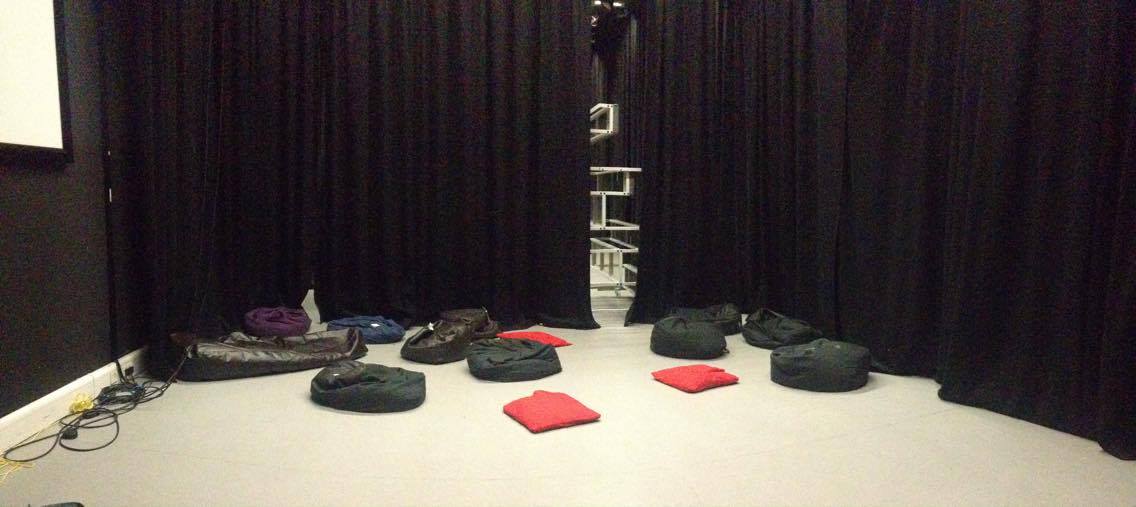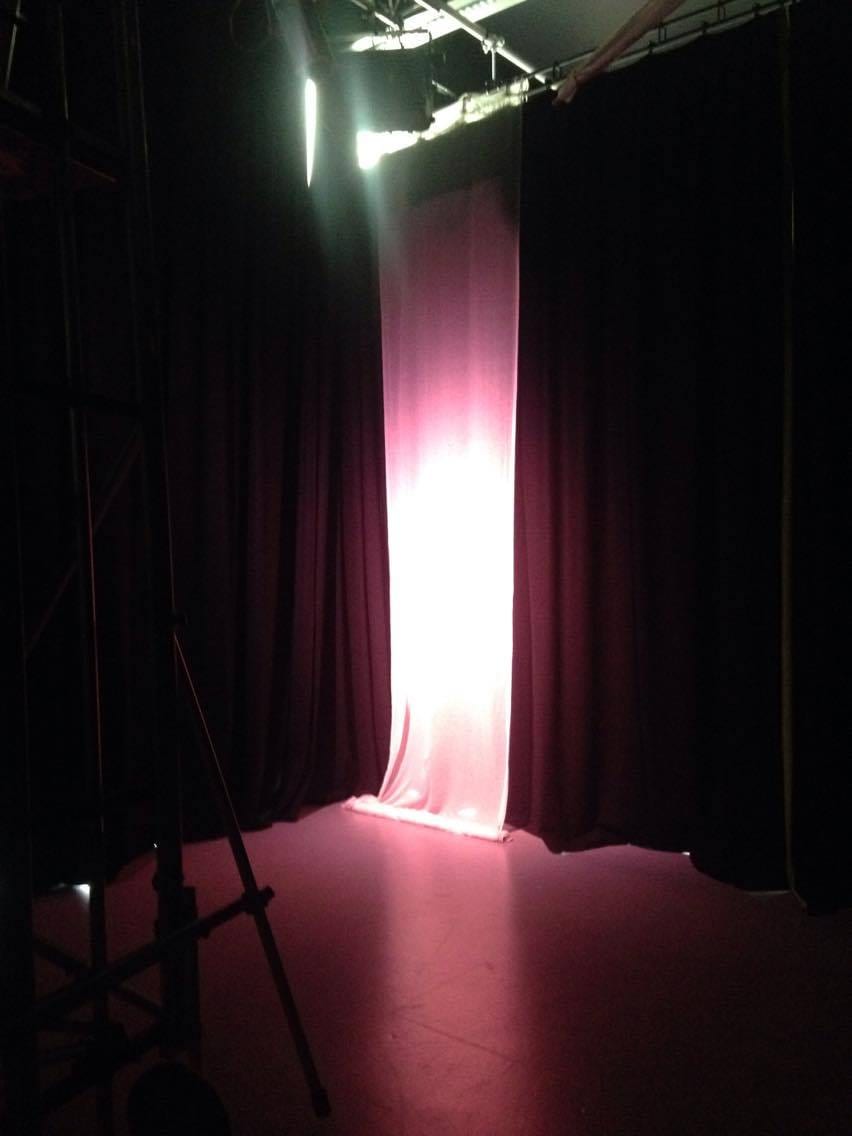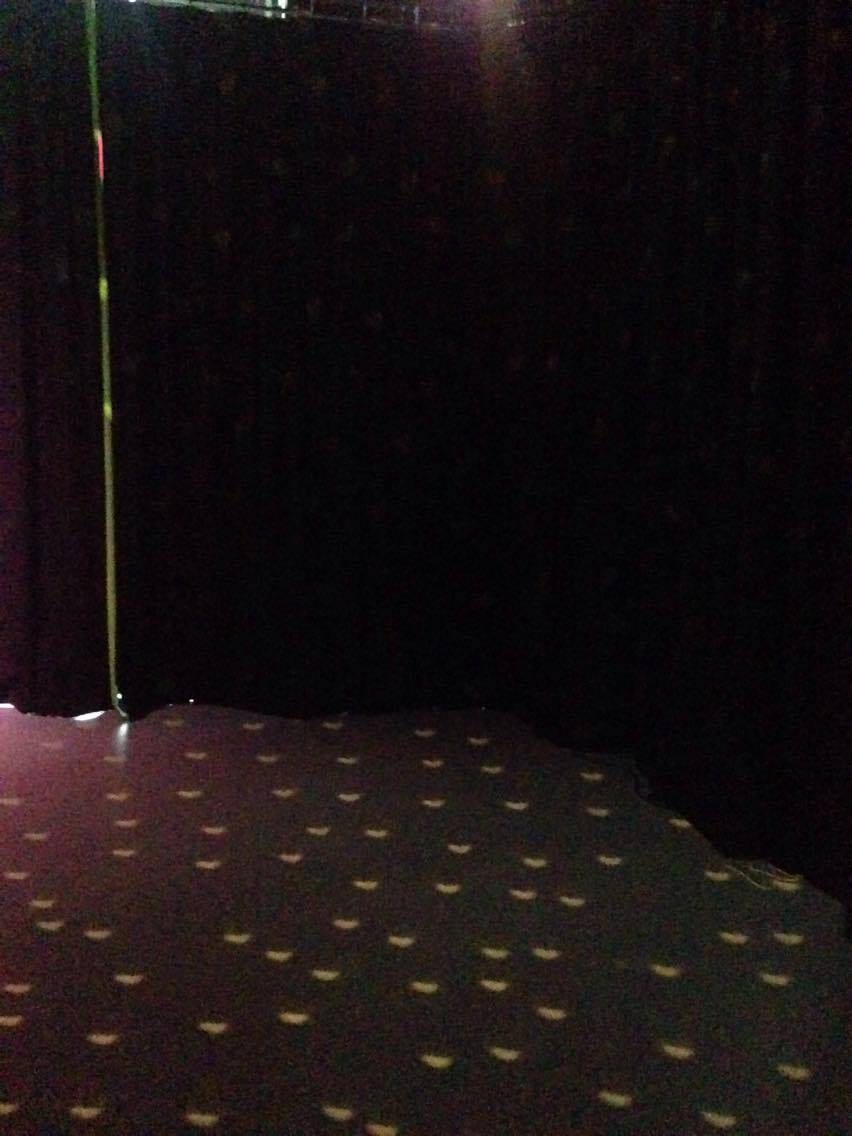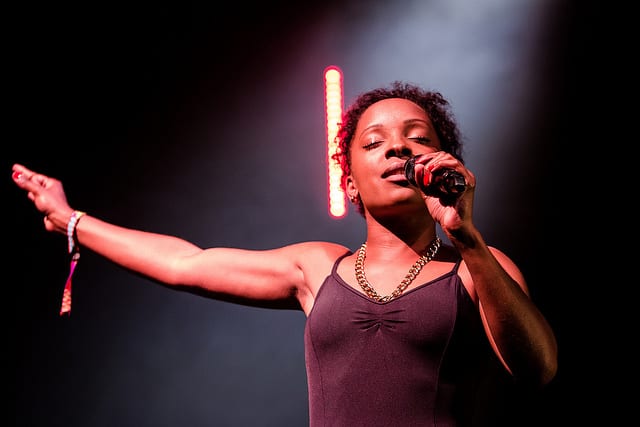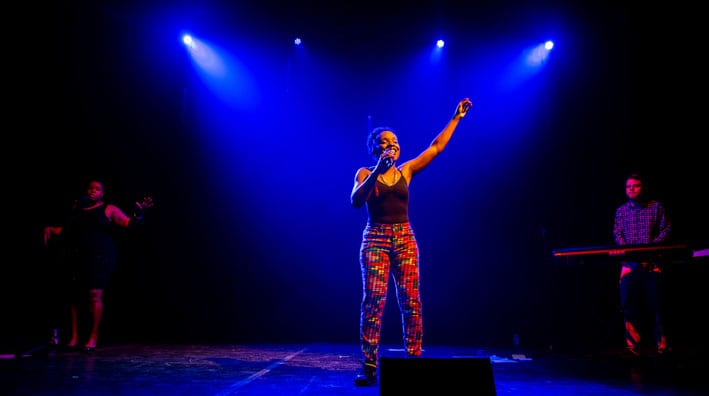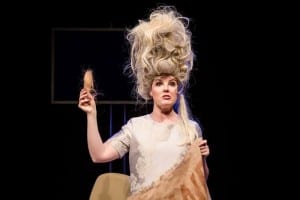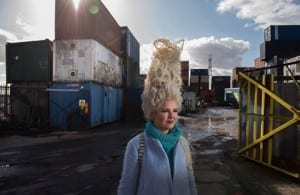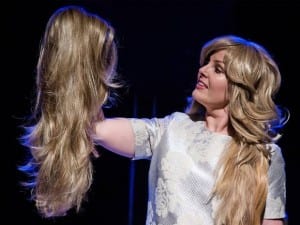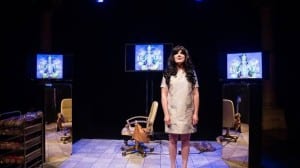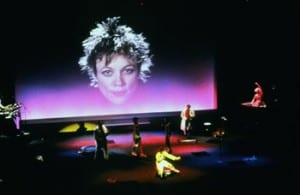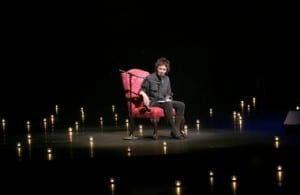Research and influences
One of the main underlying themes of my performance is this idea of a cocoon and metamorphosis. When speaking through my performance it was suggested that just having a black curtained off area was not enough to portray the cocoon. With this in mind, I began researching into performances that had a performance space that transported the audience into a different space and time, like my cocoon. I immediately thought back to a performance that I watched for a previous module, children’s theatre performance, Arnold’s Big Adventure (2015). The performance took place in a small tent, situated in the corner of a large rehearsal studio in The Lyric Hammersmith Theatre. The actors spoke to the audience before entering the tent, stating that when they step foot through the doors, they are entering “the magical glade”. Inside the tent the audience were surrounded by the performance, and, although I don’t wish to be so childish and patronising to my audience, the creation of such an inclusive, immersive space was highly influential for my performance.
This led my research into how to recreate this visually immersive space for my performance. Last year I watched Compagnia TPO’s performance Bleu (2015) which, unbeknown to me at the time, would prove to be very useful for constructing the set for my solo performance. The set was basic, there were no large props or naturalistic set design, only layers of sheer material hung from the rig. The material was lowered and surrounded the actors and participating audience members. What inspired me the most from Bleu, was the material they used. I really liked the idea of using sheer netting material for my set, to represent the silk web that cocoons are made from.
Experimenting with set and lighting
During class today, we experimented with the possible technical aspects of our performances. I took this opportunity to bring my staging and lighting ideas to life. I took the idea of cloth/silk from Bleu and tried to incorporate it, however, the cloths took up too much performance space when draped across the stage. I therefore decided to have four strands hanging on the far wall to still subtly portray the silk netting of the cocoon.
Whilst experimenting with different lighting states, the disco ball was lit above my performance space. All of a sudden it created this amazing space. Small specs of light shone in every direction, and it created a surreal, magical, space. This is exactly what I wanted.
My set design will consist of white drapes of muslin, hung on the far wall and down lit with a subtle ‘homely’ pink tinge. A white light will be shone onto the disco ball to create 360 degrees of subtle specs of light.

